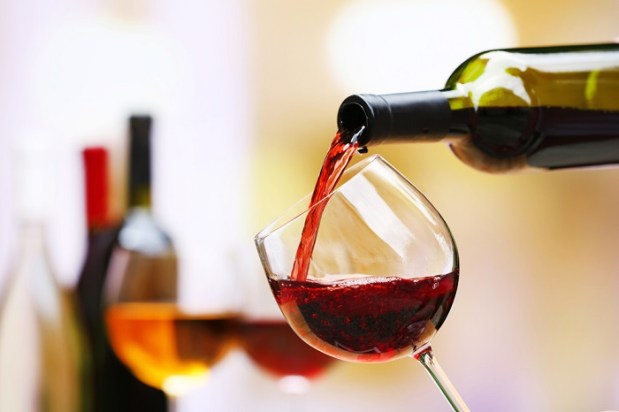Millennials Make 2015 A Vintage Year For Wine Sales

It’s the defining marketing question of the day: What are millennials willing to spend their ever-growing expendable incomes on? For the alcoholic beverage industry, media and cultural stereotypes of hard-drinking co-eds with Solo cups full of moonshine-mixed Four Lokos might point to vodka, gin, whiskey and other inebriants as millennials’ chosen poison.
However, a new study suggests the world’s youngest drinkers have developed more sophisticated palates — or at least thirstier ones.
According to data presented at the Wine Market Council’s 2016 Consumer Research Conference, millennial drinkers imbibed 159.6 million cases of wine over the course of the year. That accounts for about 42 percent of the national wine consumption total, and it also puts millennials ahead of baby boomers and Gen Xers when it comes to fermented grape liquid drinking rates, meaning millennials are the wine-iest generation after all.
Surprisingly, the WMC research didn’t suggest that millennials’ wine drinking habits were inflated by sheer force of numbers. Rather, the surveys involved in the study looked at “high-frequency” drinkers, or the 90 percent of wine-drinking Americans who indulge more than twice per week. Baby boomers constituted 38 percent of this demographic, while millennials counted just 30 percent of the sloshed cohort among their numbers. Helping millennial winos out is their high per session consumption rate, which averaged nearly 3.1 glasses every time somebody pulls out a cork.
What’s behind the surge in millennial wine culture? For John Gillespie, president of the WMC, the answer lies in a lush’s type of coming-of-age story.
“[Millennial] wine drinkers are beginning to sort themselves out,” Gillespie said at the WMC’s recent conference, as quoted by Wine Spectator. “It’s the self-identification of, ‘Yeah, I’m a wine person.'”
Helping that alcoholic self-actualization along is a glut of ever-evolving alcohol delivery apps that are locked in a symbiotic relationship with thirsty millennials. As more millennials begin to explore their sophisticated alcoholic palates, their incidental love for all things authentic and new leads them to want products the local neighborhood liquor store might not carry. Enter on-demand delivery services like Drizly, which reported a 10-fold increase in rose and blush wine sales in 2015. In fact, wine sales matched beer sales by year end with 34 percent yearly totals each.
However, a new generation of wine drinkers means that while they might like the same taste their parents and grandparents do, they’re still up for new ways of buying and experiencing wine. In an interview with Business Insider Australia, Vinomofo co-founders Justin Dry and Andre Eikmeier explained how a stripped-down overseas expansion model is allowing them to scale at cost while captivating millennial drinkers with a new kind of digital wine-buying experience. After doing some light on-the-ground promotional work before entering a market, Dry said that they usually then put up a site advertising the moment when a select number of curated bottles will go on sale.
“The event will be on one day where a set amount of wine is available in each market,” Dry told BI Australia. “A container load, maybe more, maybe less depending on the traction in market, will be available on the ground, ready to send out when people order it. It will available for a limited time or until everything is sold out and then the next countdown will begin.”
This model allows Vinomofo to limit their risk if a particular country yawns at the wines offered, while also serving as an efficient probe of as-yet untested waters. For consumers, it adds a bit of mystery into the wine-buying process, but also caters to a uniquely millennial sense of not just keeping up with but outdoing – and possibly even out-drinking – the Joneses.
